1. Elevator Operators
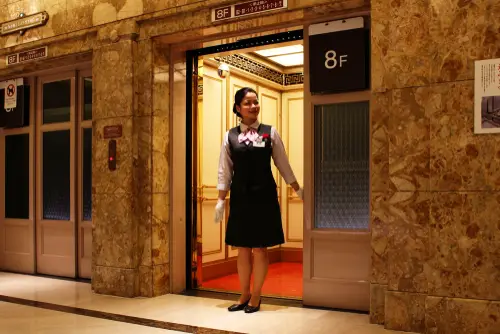
For much of the early 20th century, riding an elevator wasn’t a push-button experience—it was guided by a uniformed operator. These workers controlled speed, opened doors, and even offered friendly greetings in department stores and office buildings. Their presence gave customers a sense of security in what was then a new and sometimes intimidating technology. The rise of automatic elevators in the 1950s and 1960s made their role unnecessary.
Communities lost more than just jobs when operators disappeared; they lost a layer of human connection. In large cities like New York and Chicago, operators were often neighborhood fixtures who remembered regulars by name. For many young immigrants, the job was an entry point into the workforce. When automation took over, those opportunities and relationships faded away.
2. Milkmen
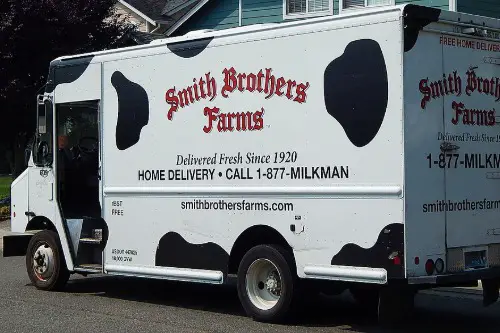
Before home refrigerators became widespread, milk delivery was a daily ritual in American neighborhoods. The milkman’s clinking glass bottles and early-morning greetings were part of the rhythm of family life. With refrigeration improving in the mid-20th century and supermarkets expanding, milk delivery dwindled. By the 1970s, the profession had mostly vanished.
The disappearance of milkmen changed the social fabric of communities. Families no longer had the same doorstep interactions that connected them to local food systems. Many small dairies collapsed because they relied on delivery routes to stay afloat. The loss also marked the beginning of a more impersonal, supermarket-driven food culture.
3. Switchboard Operators
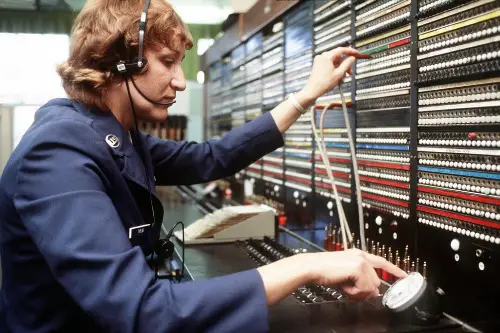
When long-distance phone calls were new, human operators connected people across towns and states. They plugged wires into giant switchboards, sometimes even listening in to ensure a smooth connection. In the 1940s, there were hundreds of thousands of women working as operators across America. With the spread of direct-dial systems in the 1960s and 1970s, the job quickly declined.
The loss of switchboard operators reshaped small towns especially. Many local phone exchanges were run by women who knew the entire community, turning them into hubs of information. It wasn’t just about connecting calls; it was about connection in the deeper sense. When automation replaced them, towns lost a familiar voice that linked neighbors together.
4. Telegraph Operators

Before the telephone, telegraphs were the fastest way to send urgent messages across great distances. Operators tapped out Morse code, carrying news of wars, disasters, and personal milestones. The skill was highly specialized, and towns often depended on their telegraph office as their lifeline to the outside world. Once the telephone gained dominance in the early 20th century, the telegraph faded into history.
The disappearance of telegraph operators meant the closing of countless small Western Union offices across America. These offices were often located in central gathering spots, where people anxiously awaited news from far-off relatives. Communities that once gathered around telegraph wires for breaking updates turned to radios and later televisions. That shift reduced the central role of local communication hubs.
5. Ice Cutters
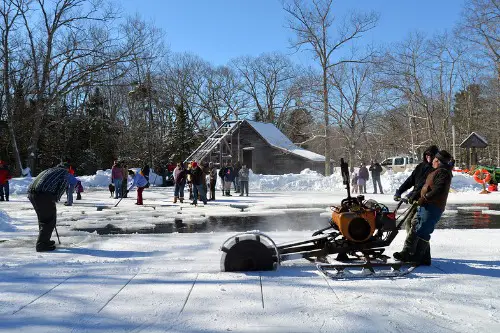
In the 19th and early 20th centuries, before mechanical refrigeration, ice cutters harvested huge blocks of ice from frozen lakes. It was grueling, dangerous work that provided entire towns with jobs during the harshest months. The ice would be stored in insulated houses and sold throughout the year to keep food from spoiling. With the rise of electric refrigerators in the 1920s and 1930s, demand for natural ice collapsed.
The loss of ice cutting devastated small rural economies that relied on winter harvesting. For many communities in New England, it was not just a livelihood but also a cultural tradition. Families worked side by side, and towns even held festivals around the harvest. When technology rendered the work obsolete, those traditions disappeared almost overnight.
6. Bowling Pinsetters
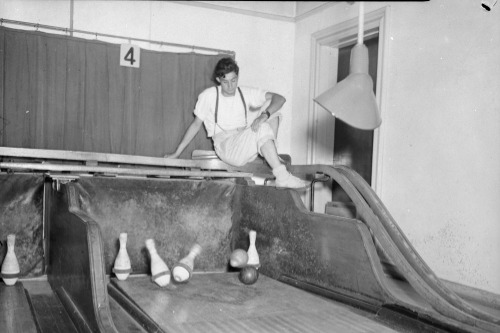
Before automatic pinsetting machines appeared in the 1940s, boys and young men were hired to reset bowling pins by hand. Known as “pin boys,” they scrambled between frames, dodging heavy balls while setting pins back in place. It was tiring, low-paying, and often dangerous work, but it provided steady jobs for teens in working-class neighborhoods. Once mechanical pinsetters spread after World War II, the role was eliminated.
The disappearance of pin boys marked a change in bowling alleys across America. What had been a place where teens could earn extra cash became less tied to local youth employment. Communities lost a source of jobs that introduced young workers to responsibility. In some towns, bowling alleys lost their sense of being neighborhood gathering places.
7. Knocker-Uppers

In industrial towns before alarm clocks were affordable and reliable, workers relied on “knocker-uppers” to wake them for their shifts. These human alarm clocks would tap on windows with sticks or shoot peas through straws to rouse sleeping residents. The job was especially common in factory towns in the early 20th century. Once affordable alarm clocks flooded the market, the role disappeared almost entirely.
While more common in Britain, American mill towns had their own versions of knocker-uppers. Their disappearance represented a shift toward personal, machine-based routines rather than community reliance. It also meant the end of a quirky, personal service that reflected the intimacy of smaller neighborhoods. Alarm clocks may be more efficient, but they aren’t as neighborly.
8. Lamplighters
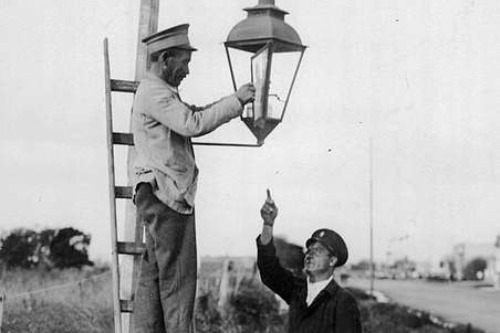
Before electricity lit American streets, lamplighters walked their rounds each evening, climbing ladders to ignite gas lamps. At dawn, they would return to extinguish them. In the 19th century, lamplighters gave towns a sense of safety and order, often doubling as informal night watchmen. The spread of electric street lighting in the early 20th century eliminated the job.
The decline of lamplighters shifted how communities thought about public safety. These workers weren’t just lighting lamps; they were visible presences on the streets. Residents often knew them by name, trusting them to look after the neighborhood after dark. Their loss meant a move toward faceless municipal infrastructure over human caretakers.
9. Typists and Stenographers
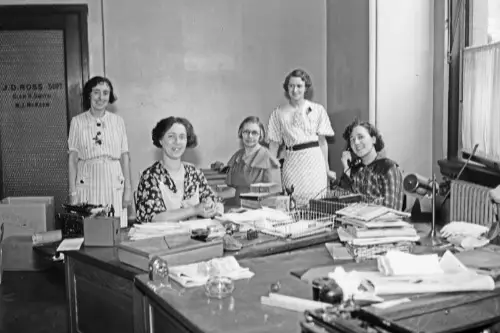
For decades, large offices ran on the skills of typists and stenographers. They transcribed meetings, drafted letters, and ensured that paperwork flowed smoothly in business and government. The typewriter, shorthand, and dictation machines created a whole field of clerical work that employed millions of women by mid-century. But as computers spread in the 1980s and 1990s, the need for these roles collapsed.
This shift fundamentally changed the office landscape. Typing went from being a specialized profession to an expected skill for nearly all workers. The disappearance of these jobs closed one of the main gateways for women into the white-collar workforce. Communities lost a career path that had once symbolized independence and opportunity.
10. Video Store Clerks
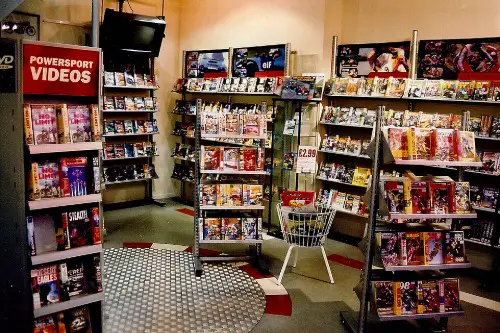
The heyday of the 1980s and 1990s was defined by Friday night trips to Blockbuster or the local mom-and-pop video rental store. Clerks recommended movies, managed late fees, and stocked shelves with the latest releases. Streaming services in the 2000s wiped out the industry almost entirely. The closure of thousands of stores put tens of thousands out of work.
The loss was more than economic—it was cultural. For many small towns, the video store was a hub where families and teens gathered. Clerks often played tastemaker roles, shaping what people watched. With streaming, movie-watching became more solitary and less communal.
11. Travel Agents
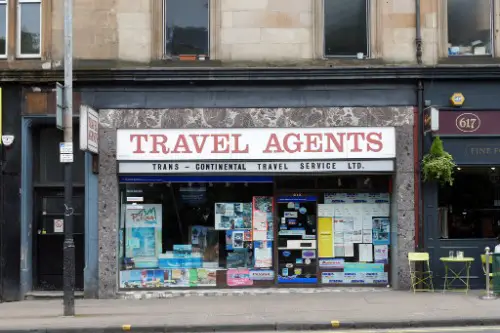
Before online booking, travel agents were essential for planning vacations, business trips, and honeymoons. They arranged flights, hotels, and car rentals while offering local expertise. In the 1980s and early 1990s, they were thriving, but the rise of online booking platforms in the 2000s decimated the profession. Today, only a niche segment remains for luxury and group travel.
The decline of travel agents reshaped how Americans approached travel. Instead of relying on a trusted expert, travelers now wade through endless online options. Communities lost businesses that often operated on main streets, staffed by locals with deep connections to their customers. The shift also changed how vacations felt—less personal, more transactional.
12. Newspaper Typesetters
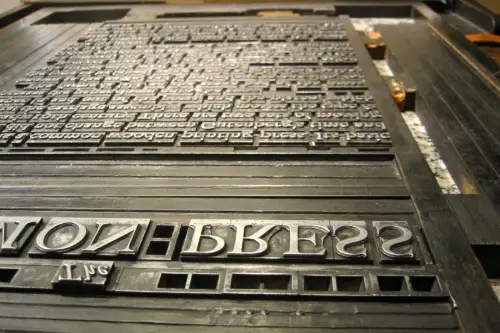
Before digital publishing, every newspaper was assembled by typesetters who arranged letters and later operated Linotype machines. This was skilled, unionized work that supported entire families. The craft began disappearing in the 1970s and 1980s with the rise of computer-based layout systems. Today, the profession is nearly extinct.
When typesetters vanished, it was a blow to local journalism and labor communities. The decline of printing shops meant fewer blue-collar opportunities tied to the media. It also marked the beginning of a broader decline in local news, as cost-cutting eliminated skilled workers. Communities lost both jobs and the traditions tied to their hometown papers.
This post 12 Jobs That Disappeared—But Changed Entire Communities was first published on American Charm.


